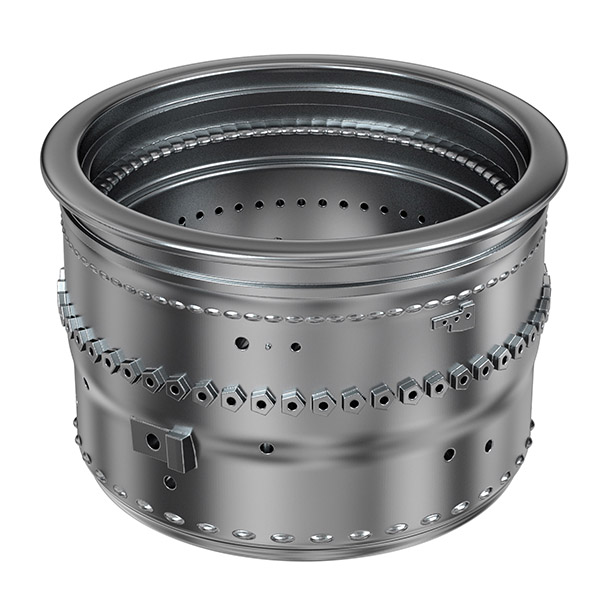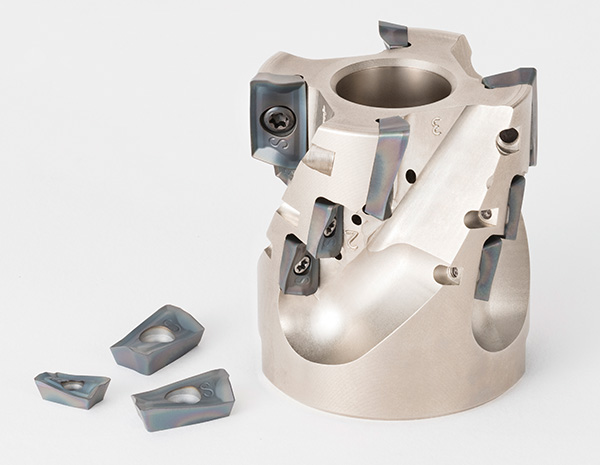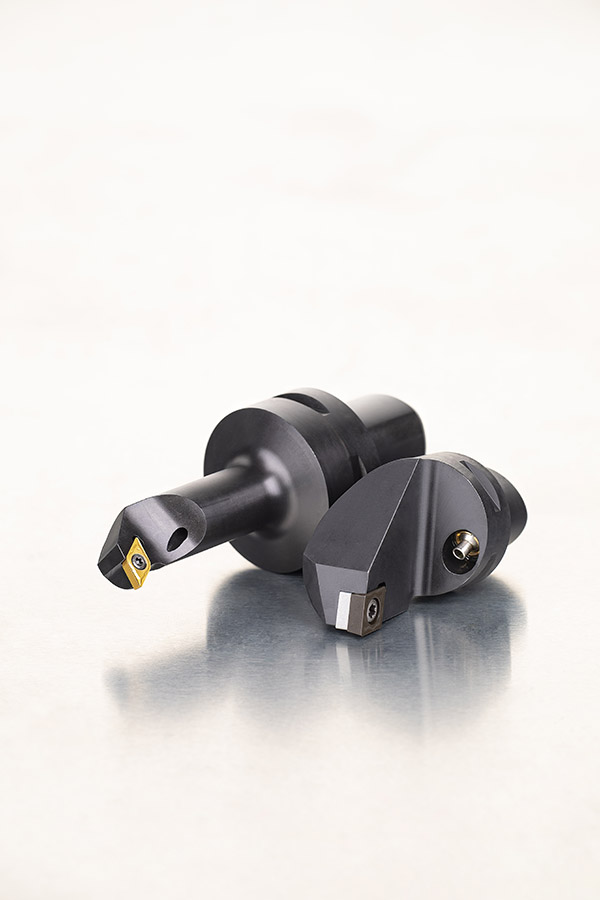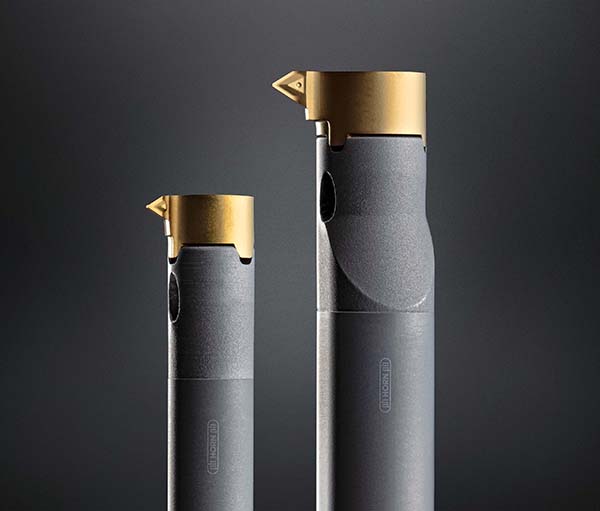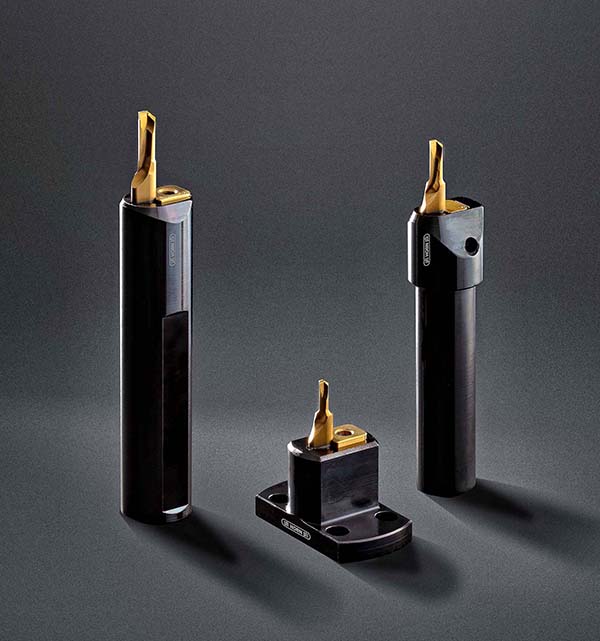The B21*SGL solid-carbide drill with through-coolant has been unveiled by Kennametal. Designed for stainless steel, nickel and cobalt-based alloys, the B21*SGL with patented point geometry and monolayer PVD AlTiN coating, is said to deliver improved productivity and longer tool life in aerospace and energy sector applications.

Frank Martin, product manager – solid-carbide drills, says: “In customer tests, the B21*SGL consistently outperforms competing drills, producing more holes in less time, with improved hole straightness and surface quality. The new design virtually eliminates the risk of chipping and flaking that lead to drill failure. And thanks to a unique point gash, it offers the lowest thrust level on the market, enabling productive drilling even in delicate workpiece geometries.”
Among the problems with aerospace alloys is their tendency to stick to the cutting tool, leading to built-up edge and corner chipping. The B21*SGL’s proprietary gash geometry, polished cutting edge, negative rake corner margin and ‘chip-friendly’ flute design, mitigates these effects, while encouraging chip evacuation and reducing cutting forces.
“Several customers have seen tool life improve by two to six times in a variety of challenging materials, even after increasing feed rates by up to 50% in some cases,” says Martin.
Drilling is a critical machining process, especially for those producing turbines. As the operation typically comes near the end of the production cycle, when workpieces are at maximum value, a broken drill can damage or even destroy components worth thousands of pounds.
Matthieu Guillon, key account manager – aerospace, says: “This new solid-carbide drill will bring value to anyone needing to drill large numbers of holes in Inconel, titanium, PH-series stainless steels and other heat-resistant super alloys.”
For further information www.kennametal.com






